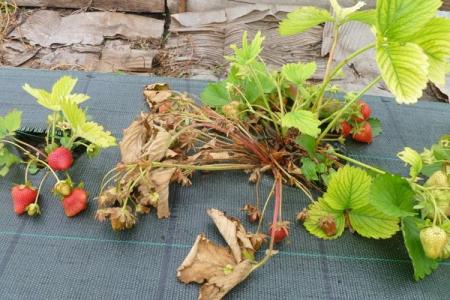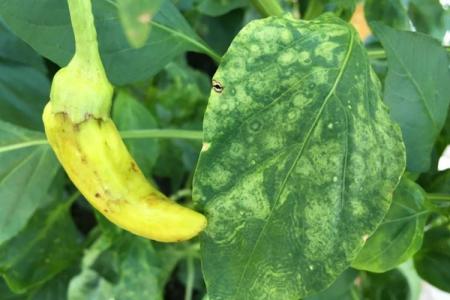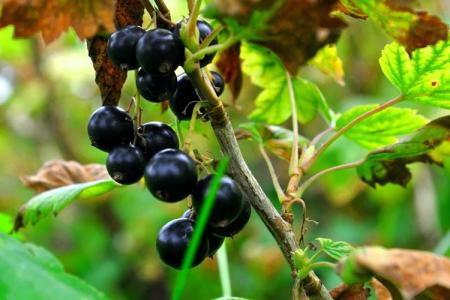
Delicate and colorful flowerpots are very vulnerable to improper care and disease. The main thing here is to quickly determine the root cause - and then the chances of success are high. We have already found out what problems you can face when growing petunias, why its leaves turn yellow and dry!
Main reasons
Petunia is unpretentious, gets along well with other flowers and can live almost anywhere. But its delicate leaves also suffer with improper care, due to diseases or pests. In some cases, the flower will recover on its own, while in others it will definitely need help.
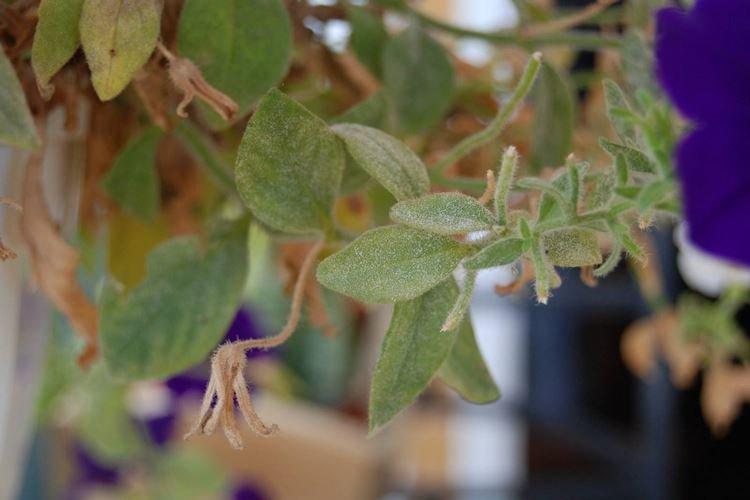
The lower leaves turn yellow
Closer to autumn, the lower leaves may wither - and this is a natural biological process. Petunia self-sheds "ballast" in order to concentrate resources in young and strong shoots.
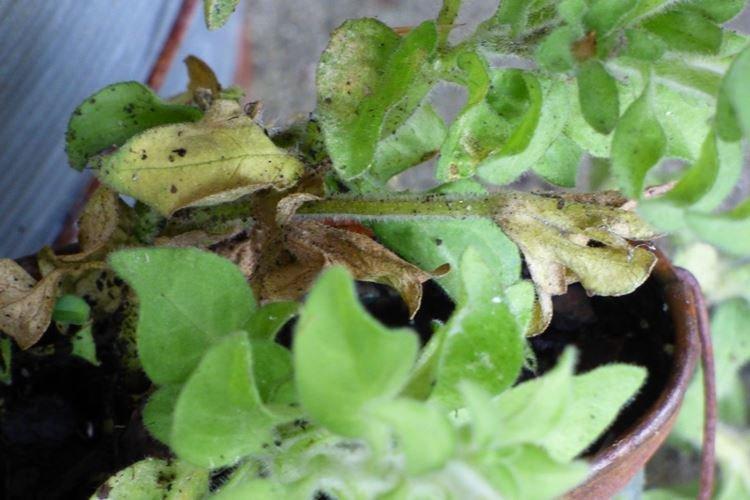
Petunia leaves dry or wither
If the leaves begin to dry rapidly, there are several reasons for this. Basically, they are associated with improper care:
- The leaves of street beds may turn yellow after unexpected frosts, because this is a thermophilic flower;
- Too cold water in the same way provokes a jump in temperature and freezing;
- Watch for the regularity of watering, because its lack or excess leads to yellowing or drying of the leaves;
- Petunia dries due to fusarium wilting, gray mold, powdery mildew.
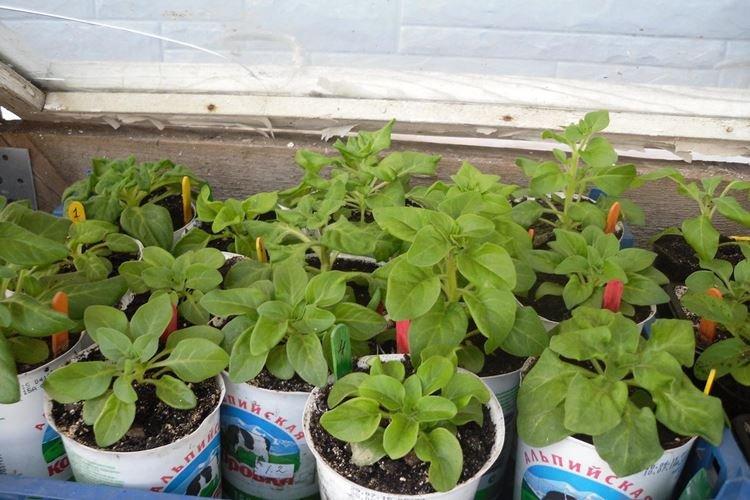
Petunia leaves turn yellow in a pot
Petunia feels great in a pot, and in the summer it can be taken out into the yard. She lives in a room on a windowsill or an open balcony container. Yellow leaves are most often a reaction to changing conditions, for example, in the off-season.
- If the room is too dry in summer or in winter due to the batteries, the petunia will almost certainly turn yellow and wither;
- In autumn, when sunny days are replaced by gray and rainy days, the flowers lack sun and light. Leaves turn yellow first at the tips and at the edges;
- If the flowerpot stood by an open window, in a draft or under an air conditioner, it can get sick. Protect petunia from cold air currents;
- Leaves turn yellow completely around the veins due to non-infectious chlorosis caused by improper watering;
- An excess of calcium leads to yellowing due to watering with hard tap water. In this case, a balancing iron feeding is needed;
- Petunia is guaranteed to turn yellow and dry on a permanently closed glazed balcony. She doesn't have enough oxygen, so open the windows or take the container outside;
- Due to regular overflow, root rot develops. It is difficult to detect when it is not at a critical stage, so check the stem near the ground.

Petunia leaves turn yellow in pots
In a flower pot, petunia is sick a little more often than a regular potted one, because it is more often subjected to changing conditions. Flowers always react hard to change, and for petunias this is a real test.
- Plant immunity weakens due to lack of nutrients. Regular feeding is needed, and organic matter is introduced into the soil and compost is mixed;
- Petunia prefers acidic soil, so check the acidity level. If it is too low, the pots will have to be watered with acidic water;
- Often, flower growers forget about feeding with iron, and with its deficiency, the leaves are also covered with yellow spots;
- If the planter is located so that there is not enough daylight, the petunia will definitely wither away. She is photophilous and tolerates direct sunlight well. If daylight is not enough, replace it with artificial one;
- When the upper young leaves first turn yellow, then it's time to feed the petunia. But do not abuse nitrogen, otherwise the green mass will become even more magnificent, but the petunia will not bloom.

Petunia leaves turn yellow on the street
In addition to all the above reasons, on the street, petunia is more likely to encounter pests and parasites. The risk of developing and spreading diseases increases. Here are some of the most common problems:
- White spots on the leaves turn yellow and become covered with a whitish bloom due to powdery mildew;
- Under the leaves of the petioles, whole colonies of aphids can hide, which imperceptibly drink all the juices from the petunia;
- If the yellow leaves seem to be covered with the thinnest cobwebs - this is a spider mite;
- Because of the caterpillars of the whitefly, the inflorescences become smaller and lose their shape, and the yellowing leaves curl up;
- In addition to faded traces, thrips leave dents on the leaves of petunia, and the edges gradually begin to dry;
- Small nematodes eat the root system and provoke fungal-like symptoms.


